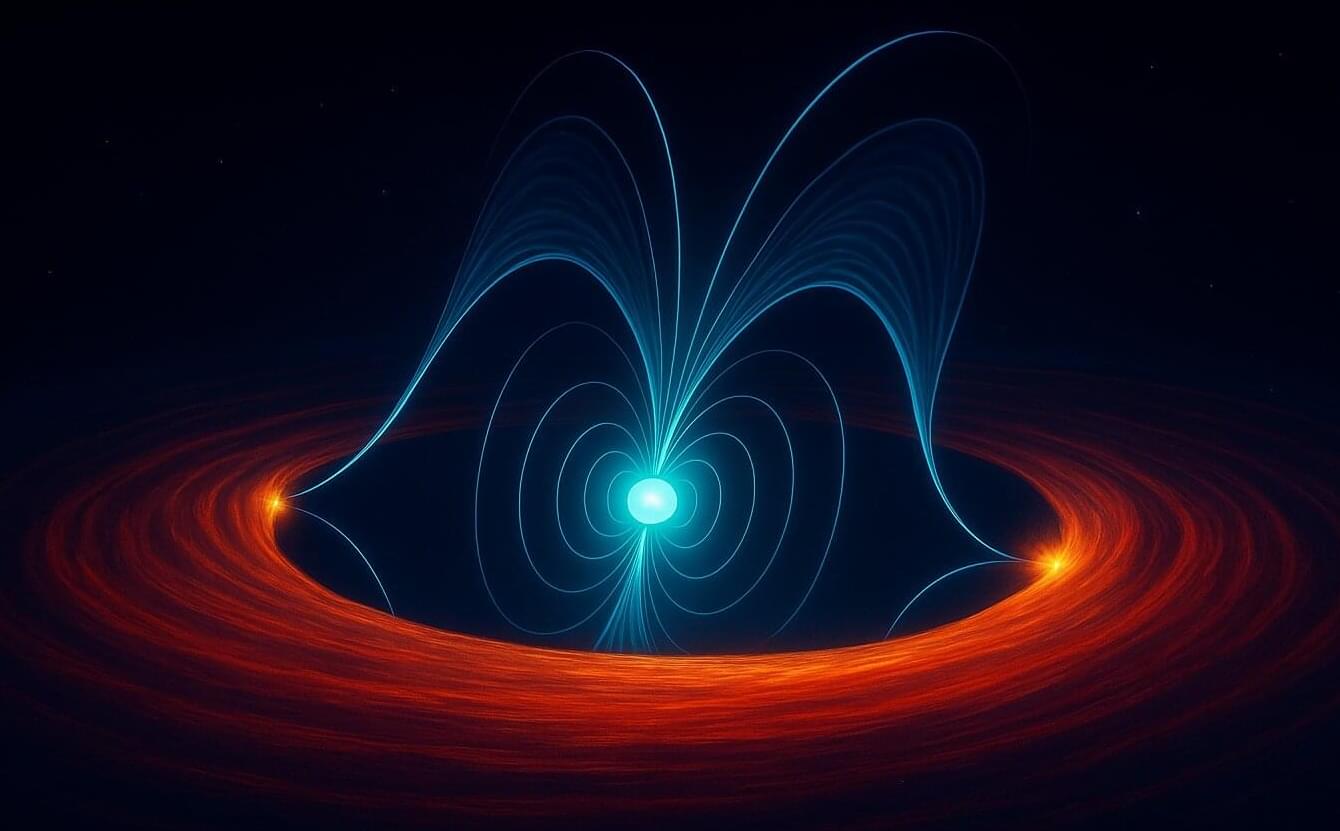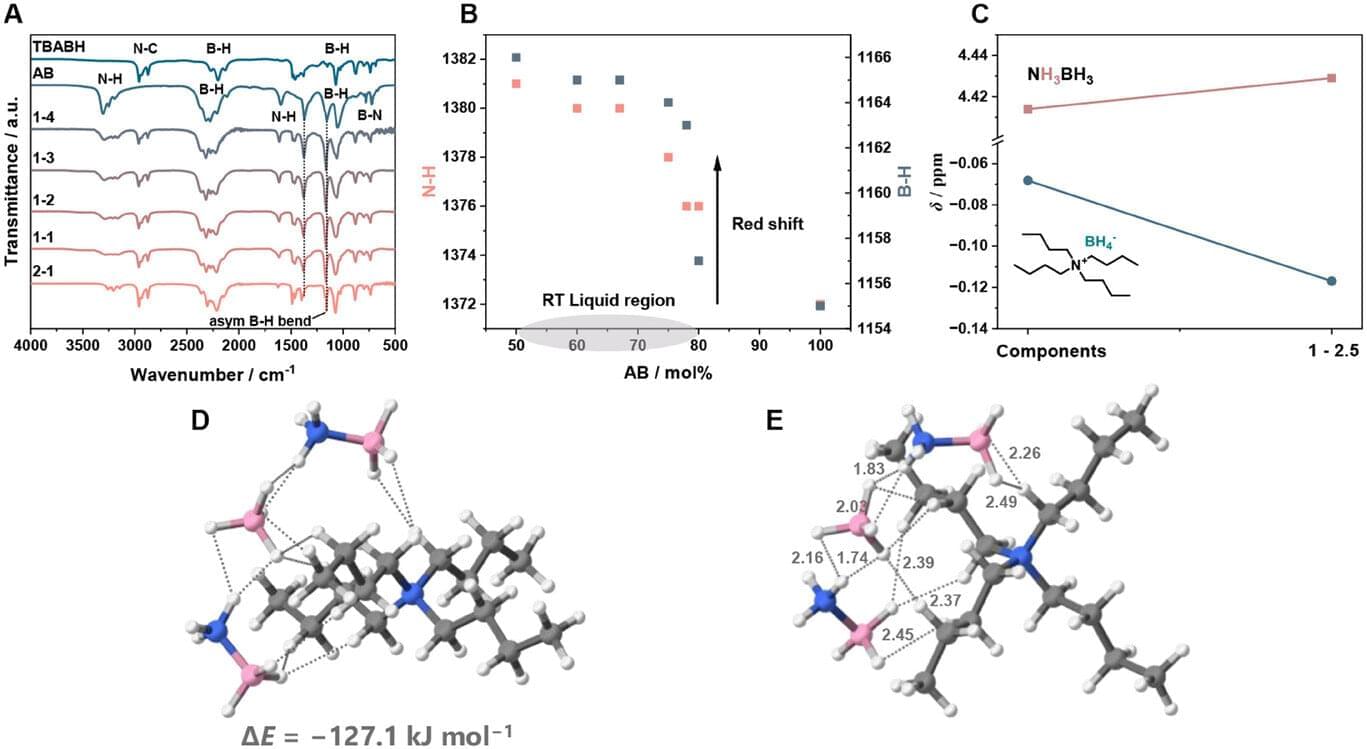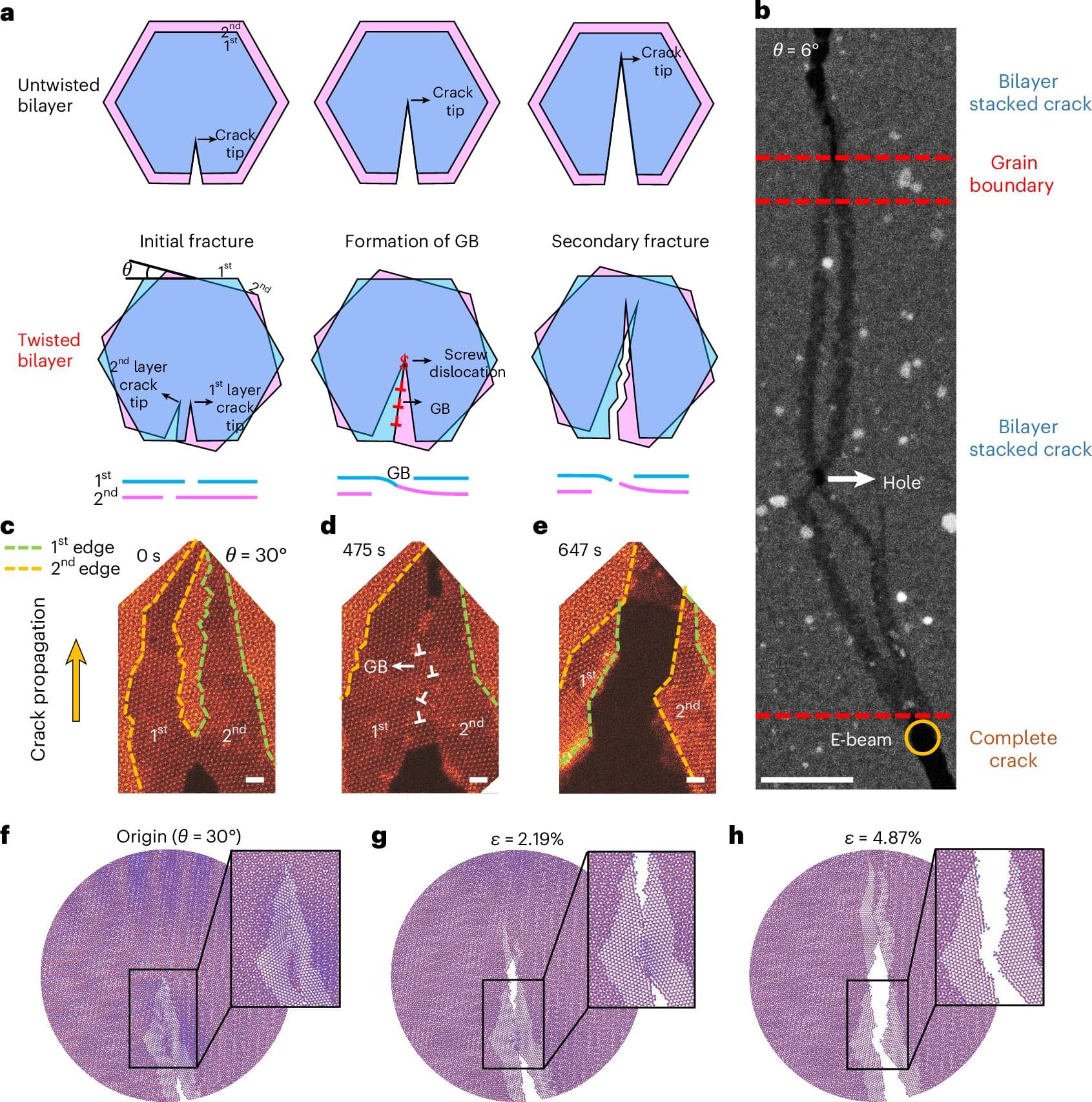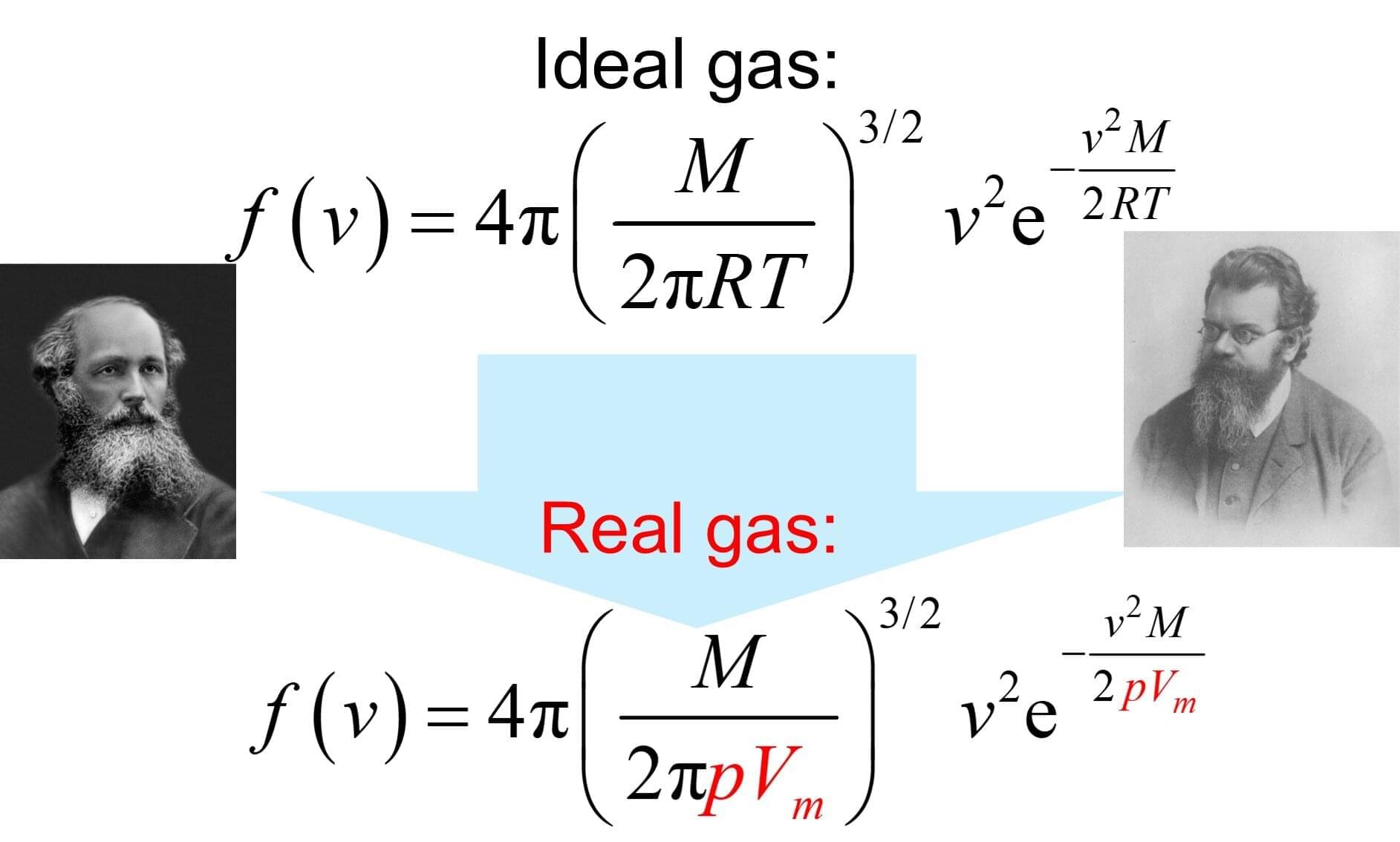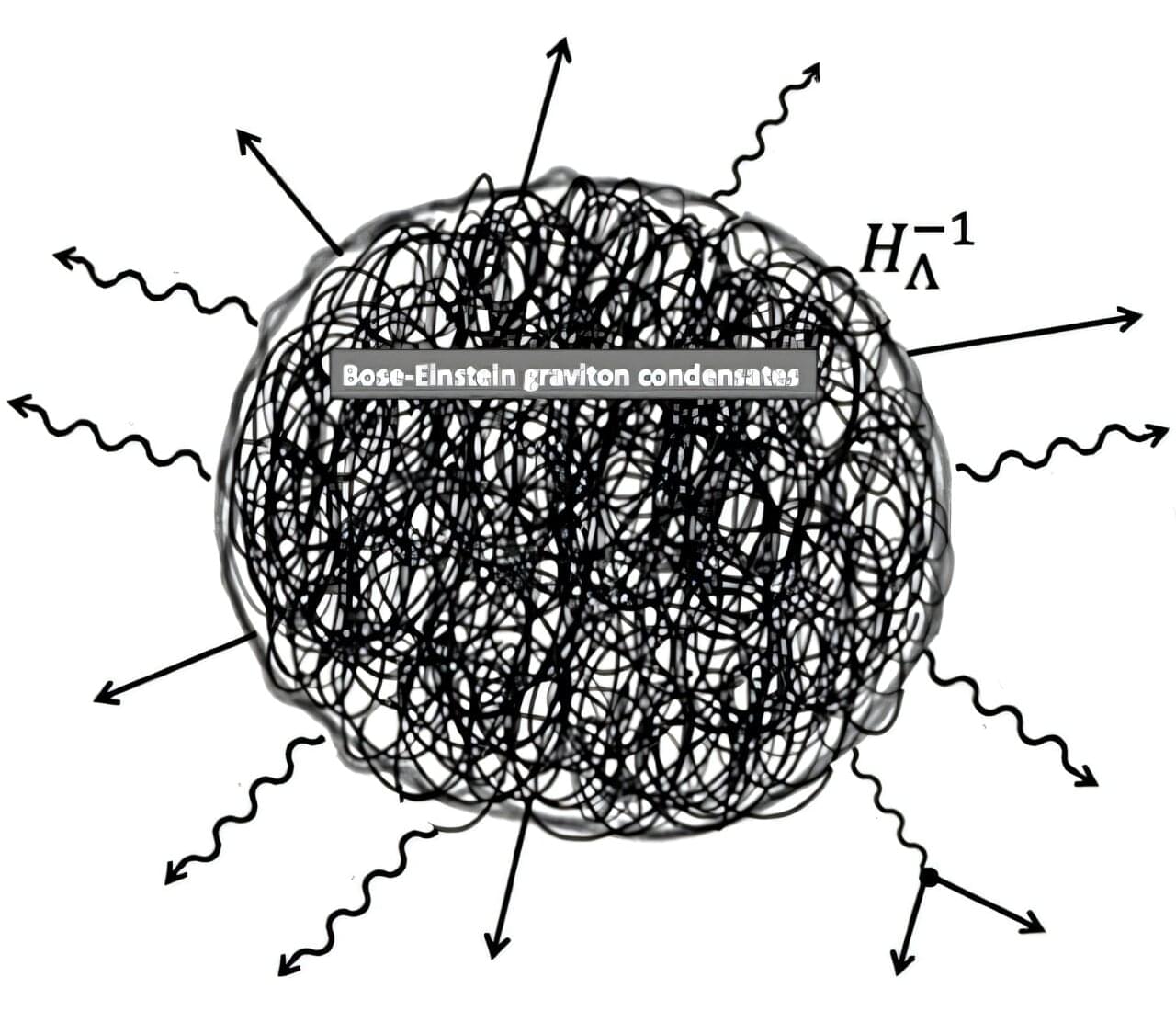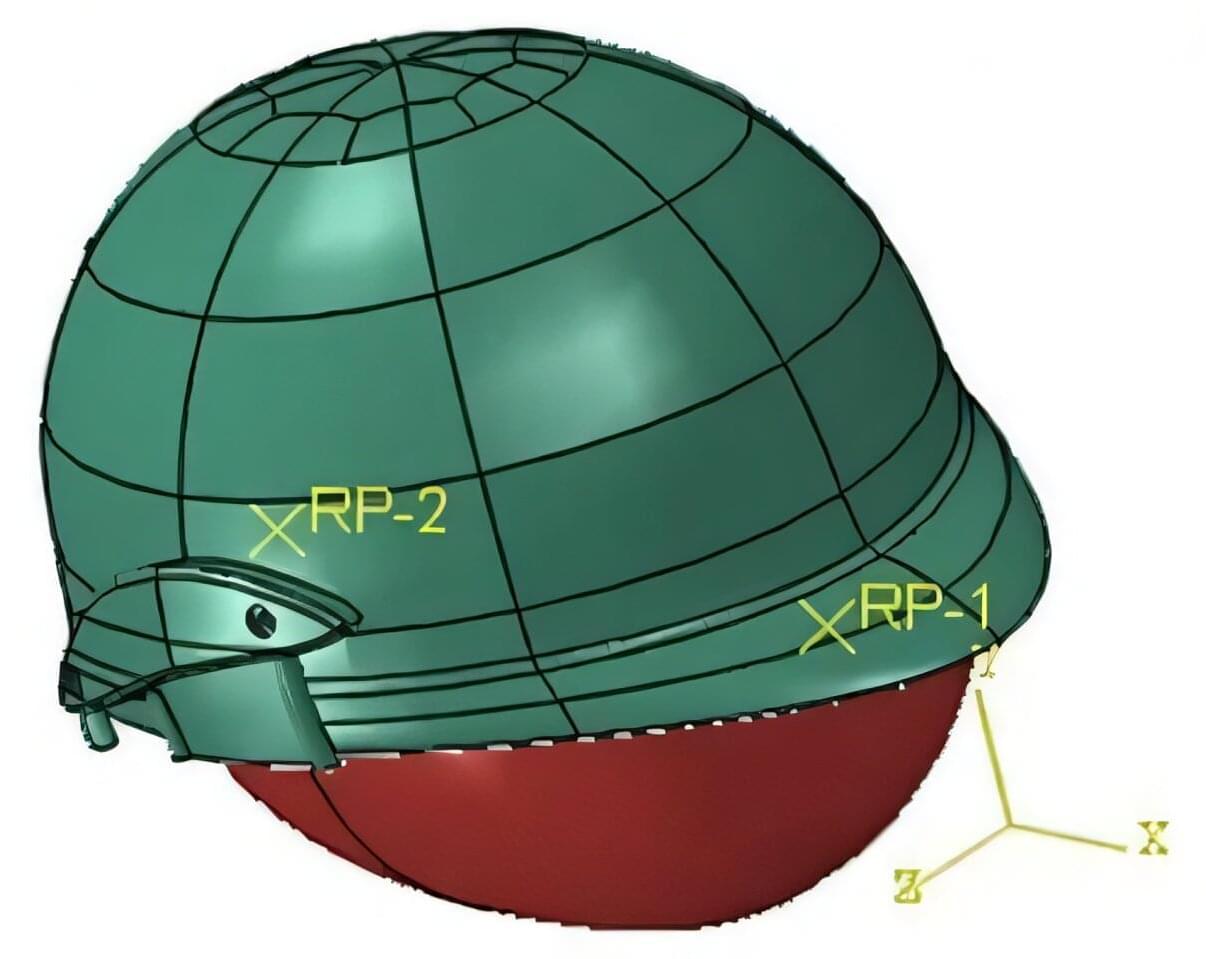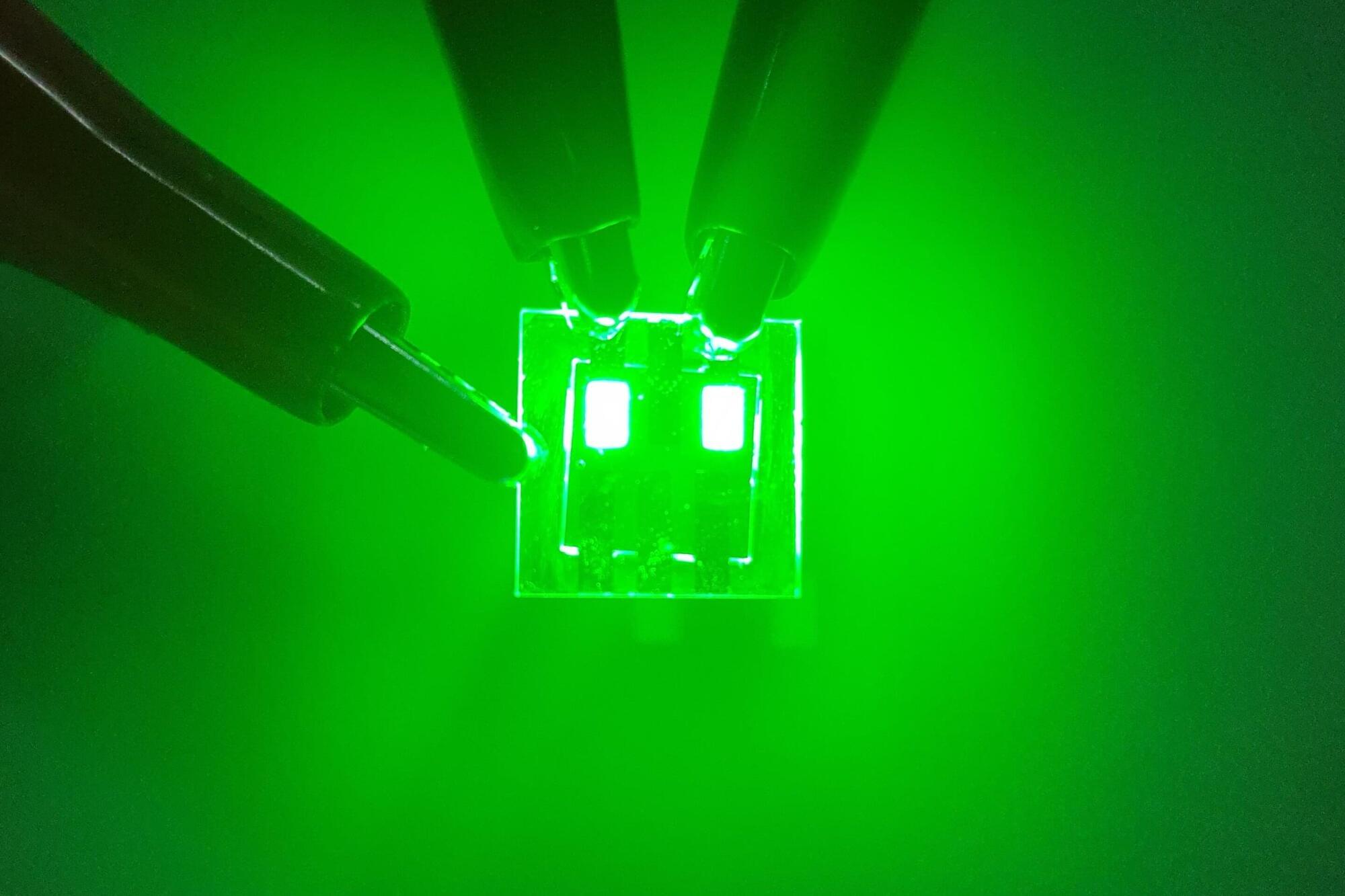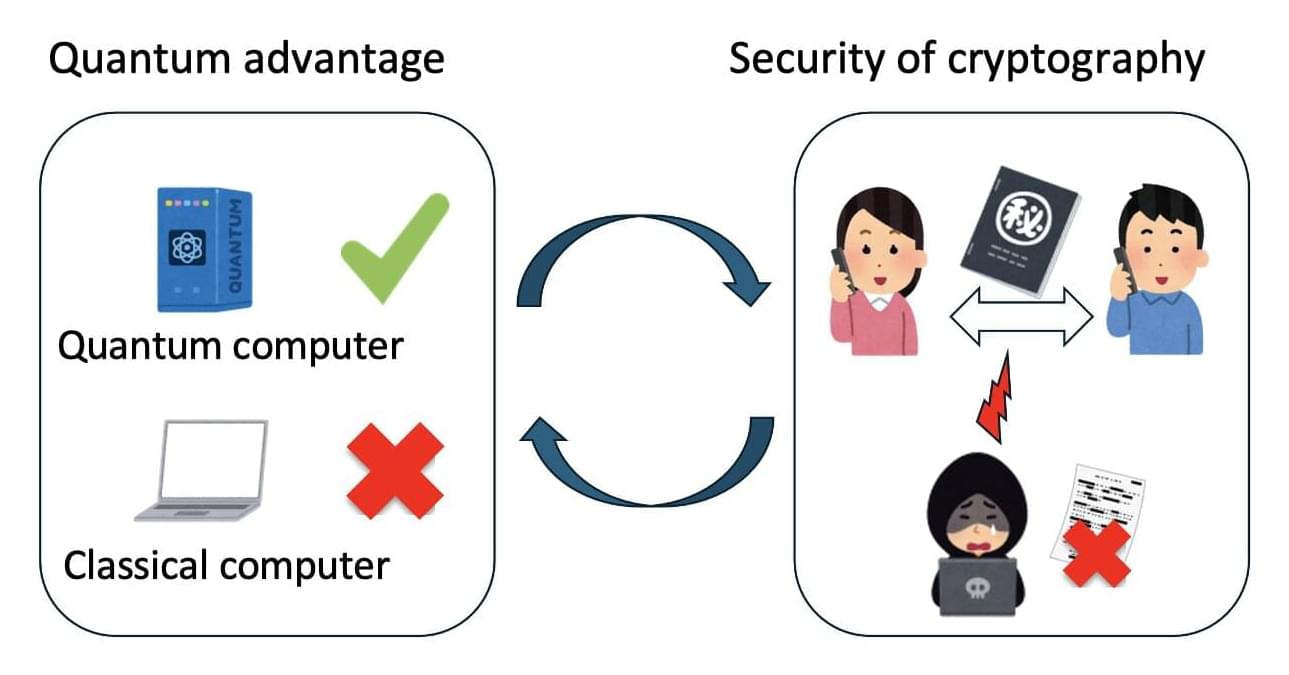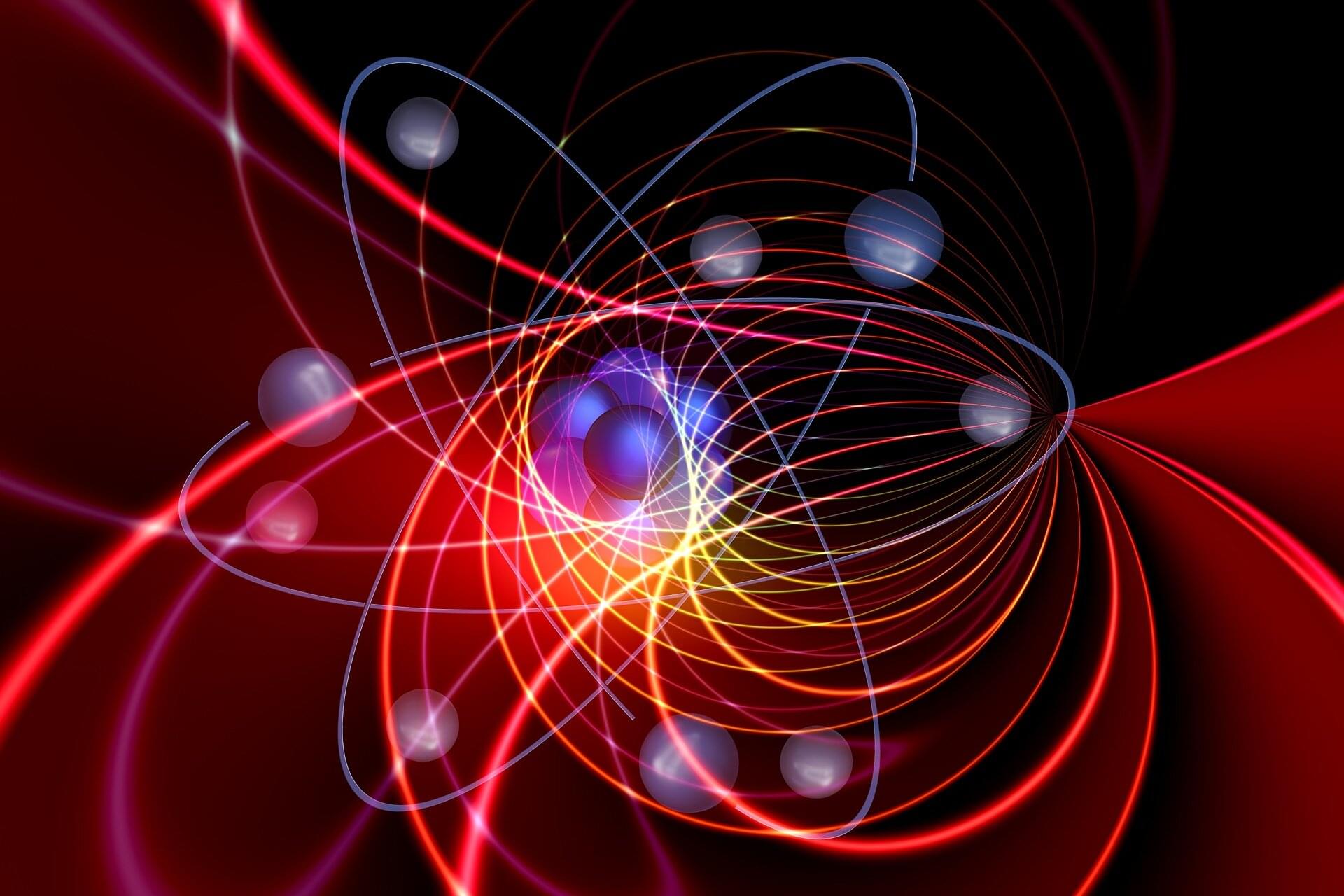An international team of astronomers has uncovered new evidence to explain how pulsing remnants of exploded stars interact with surrounding matter deep in the cosmos, using observations from NASA’s IXPE (Imaging X-ray Polarimetry Explorer) and other telescopes.
Scientists based in the U.S., Italy, and Spain, set their sights on a mysterious cosmic duo called PSR J1023+0038, or J1023 for short. The J1023 system is comprised of a rapidly rotating neutron star feeding off of its low-mass companion star, which has created an accretion disk around the neutron star. This neutron star is also a pulsar, emitting powerful twin beams of light from its opposing magnetic poles as it rotates, spinning like a lighthouse beacon.
The J1023 system is rare and valuable to study because the pulsar transitions clearly between its active state, in which it feeds off its companion star, and a more dormant state, when it emits detectable pulsations as radio waves. This makes it a “transitional millisecond pulsar.”
